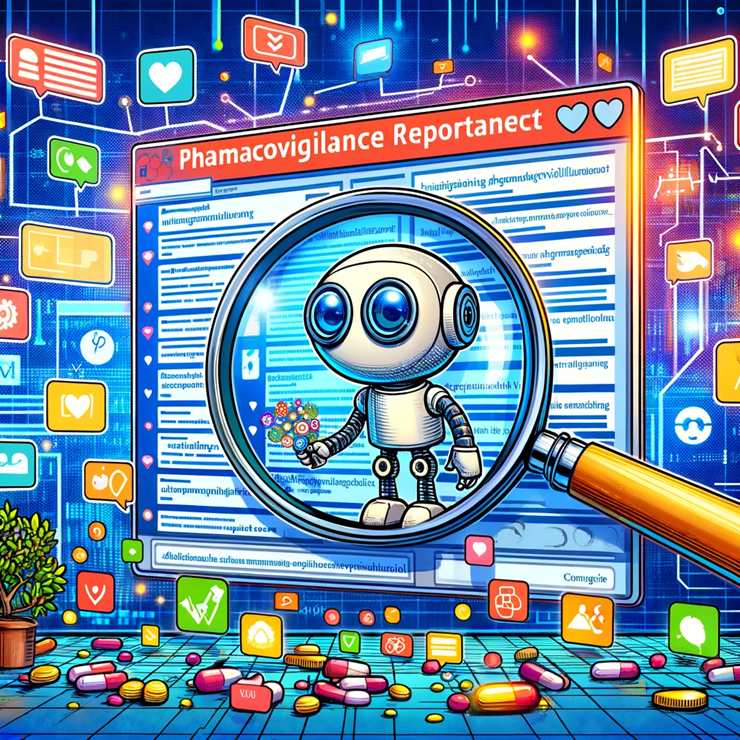Digital transformation has reached the pharmaceutical industry and is revolutionizing the way drug safety is monitored. In particular, the use of artificial intelligence (AI) in pharmacovigilance offers enormous opportunities to improve patient safety and increase efficiency. In this article, we look at how AI technologies are changing pharmacovigilance and the challenges and opportunities that arise from this.
What is pharmacovigilance?
Pharmacovigilance is a scientific discipline that includes the measures to detect, evaluate, understand and prevent side effects and other problems associated with medicines. The aim is to ensure the safety of medicines throughout the product life cycle and to keep the risk to patients as low as possible. This requires continuous monitoring and analysis of the data collected from clinical trials, health reports and other sources.
The impact of AI on pharmacovigilance
The advent of AI technologies opens up new opportunities for analyzing large amounts of data, including in the area of drug safety. AI can help identify patterns and relationships in the data that are not visible to human analysts. This enables faster and more accurate detection of potential drug risks.
Automation and efficiency
AI systems can process large amounts of data in less time than human analysts can. They can automatically collect and analyze unstructured data from clinical trial reports, scientific publications, and social media. By automating routine data collection and analysis processes, resources can be freed up to be used instead for more complex tasks of risk assessment and strategic decision-making.
Increasing forecast accuracy
AI models based on machine learning are able to learn from historical data and predict future trends. This leads to improved identification of risk signals and can help prevent undesirable events before they occur. The continuous improvement of algorithms through the latest research results and real-time data leads to a steady increase in the quality of predictions.
Challenges in implementing AI in pharmacovigilance
Despite the many benefits, companies face challenges when implementing AI systems in pharmacovigilance. These include:
- Data quality and accessibility: The quality of the results depends heavily on the availability and quality of the data used. Data protection regulations can restrict access to necessary data.
- Interpretation of the results: AI can recognize complex patterns, but their interpretation is not always intuitive or transparent. Decision-making must remain understandable in order to strengthen trust in AI-supported processes.
- Ethical and legal considerations: The use of AI must meet ethical standards and comply with legal frameworks, particularly with regard to data protection and patient rights.
Bottom line
AI in pharmacovigilance offers the potential to increase the safety and efficacy of medicines while improving the efficiency of monitoring processes. However, clear guidelines and continuous research are needed to optimize the integration of AI into the existing systems and overcome the challenges mentioned above. The future of pharmacovigilance looks promising, with AI as a key technology to be mastered.

